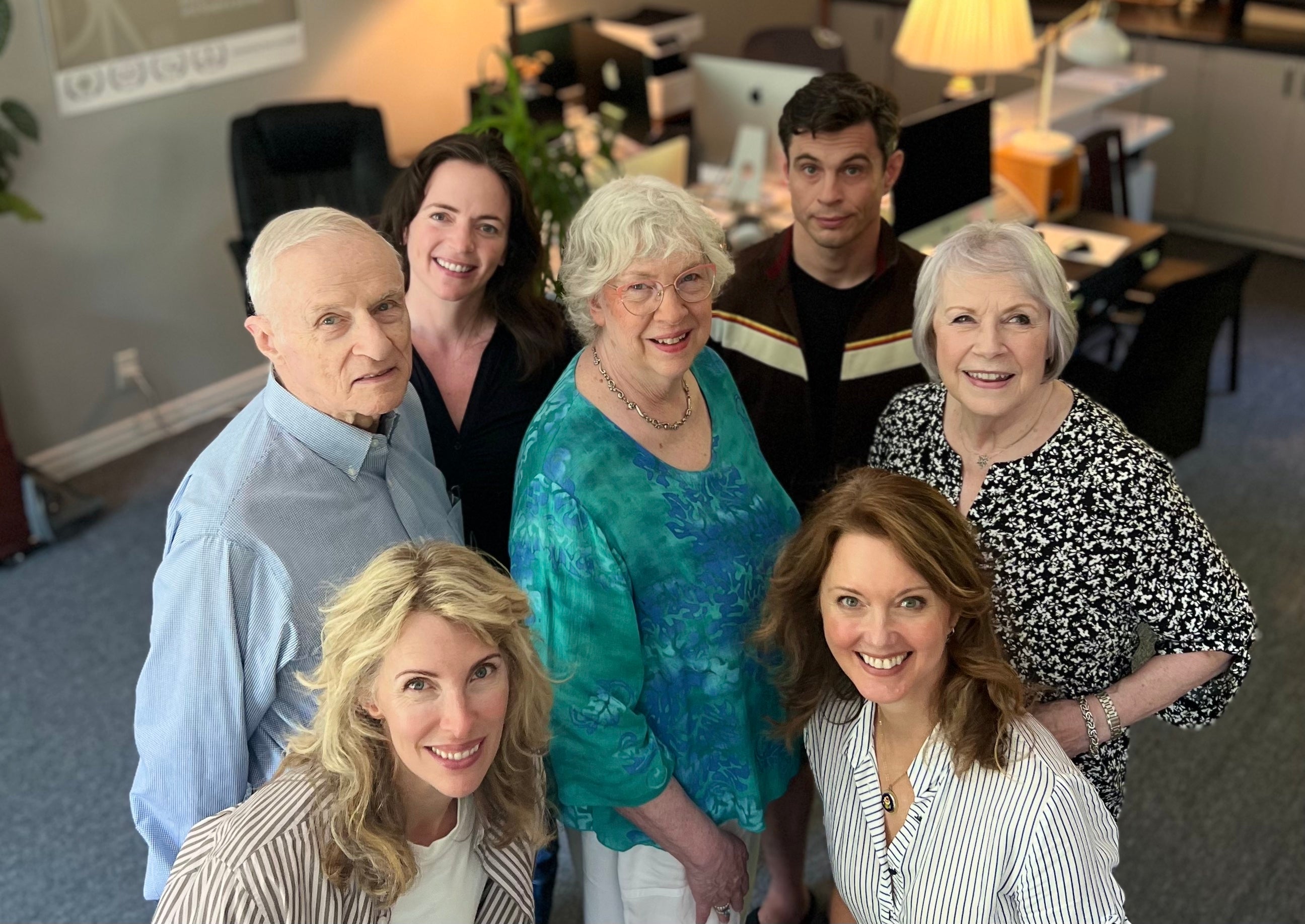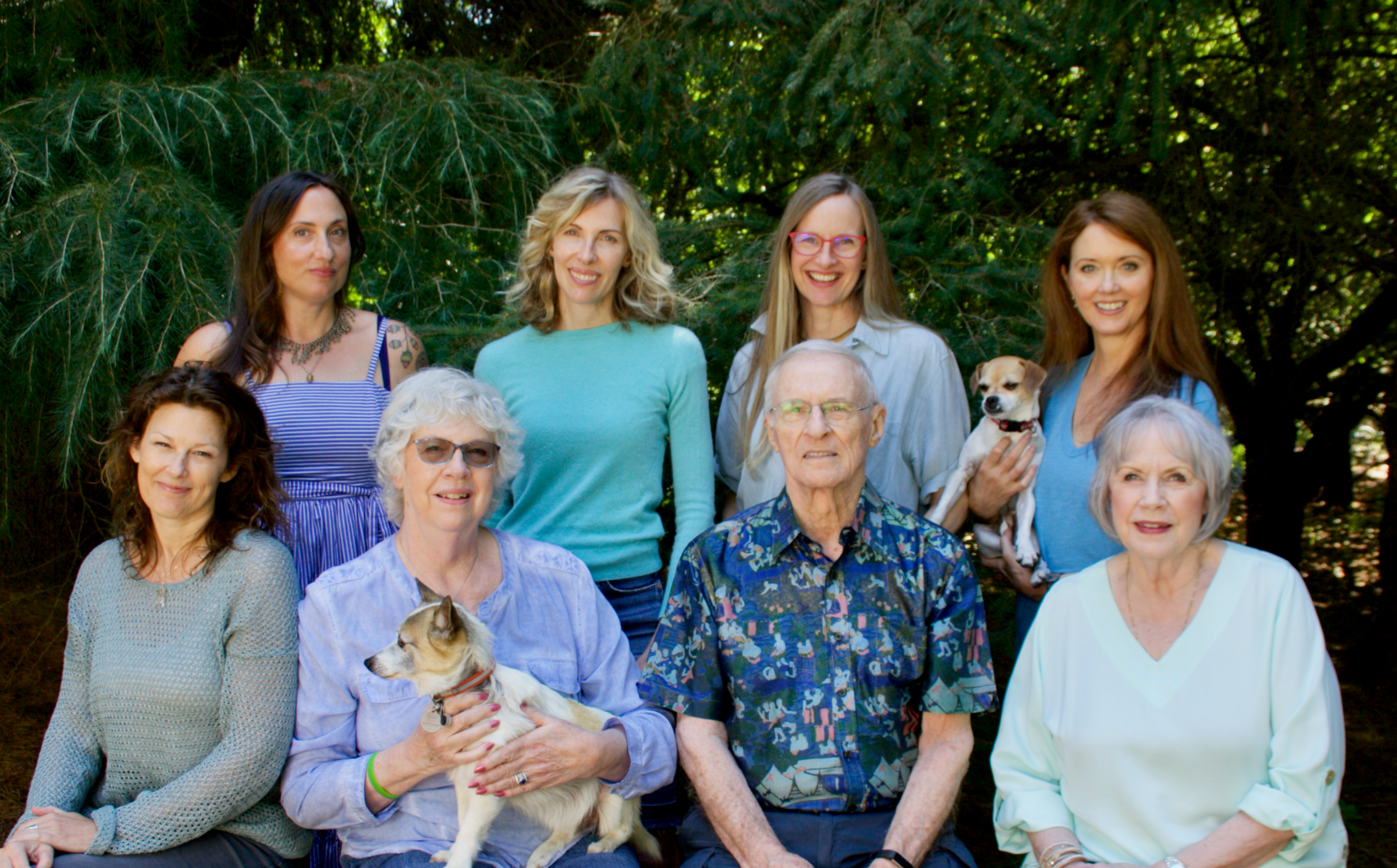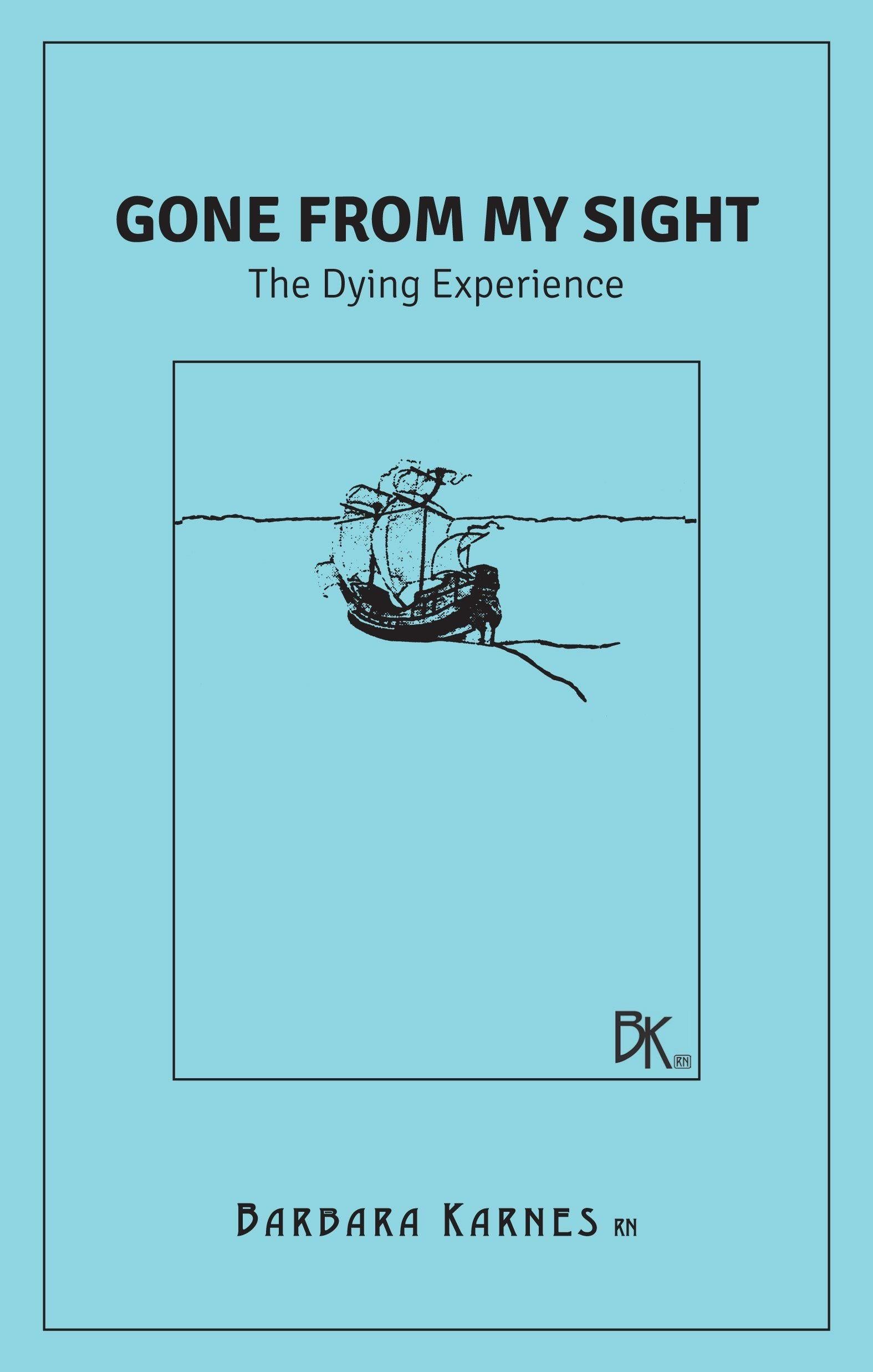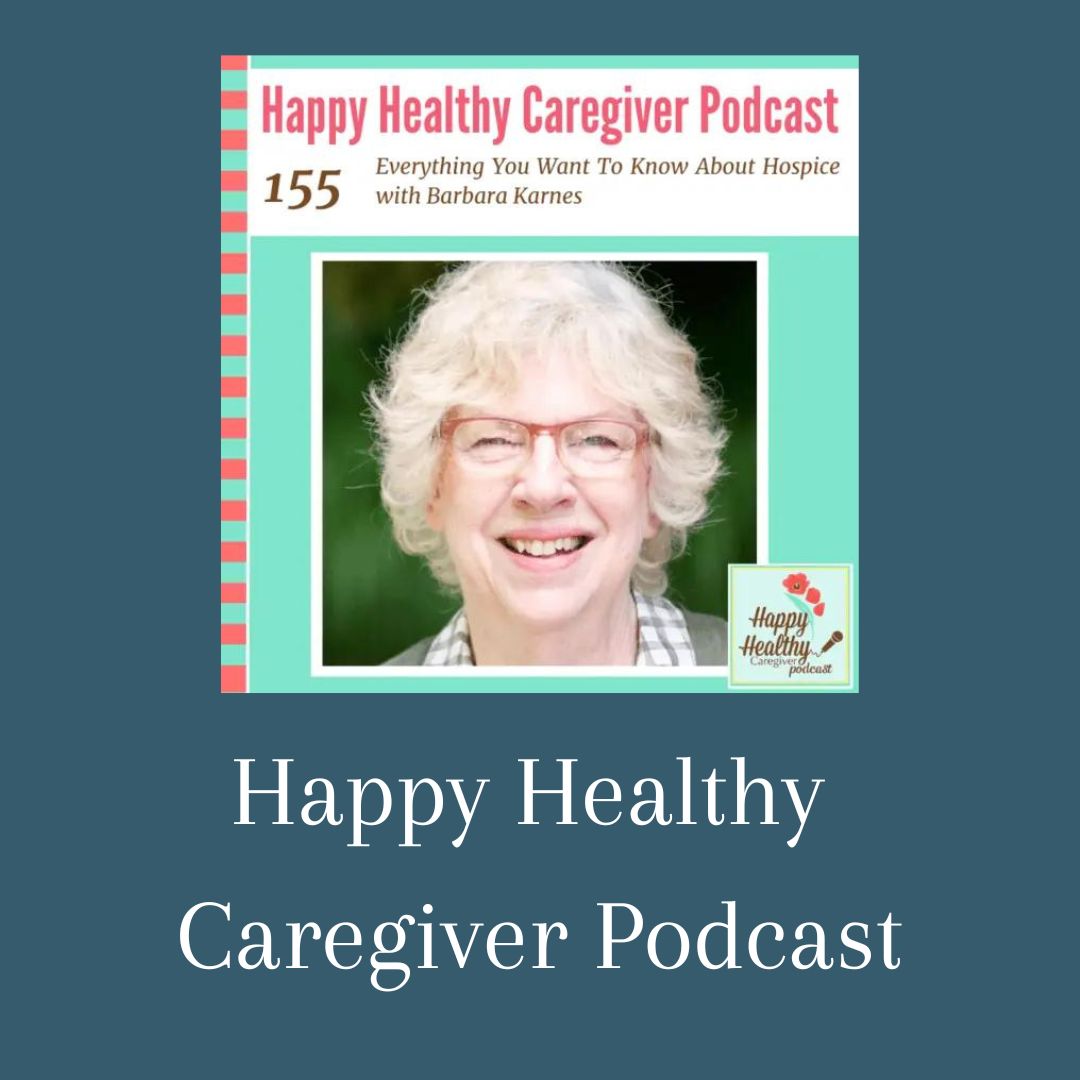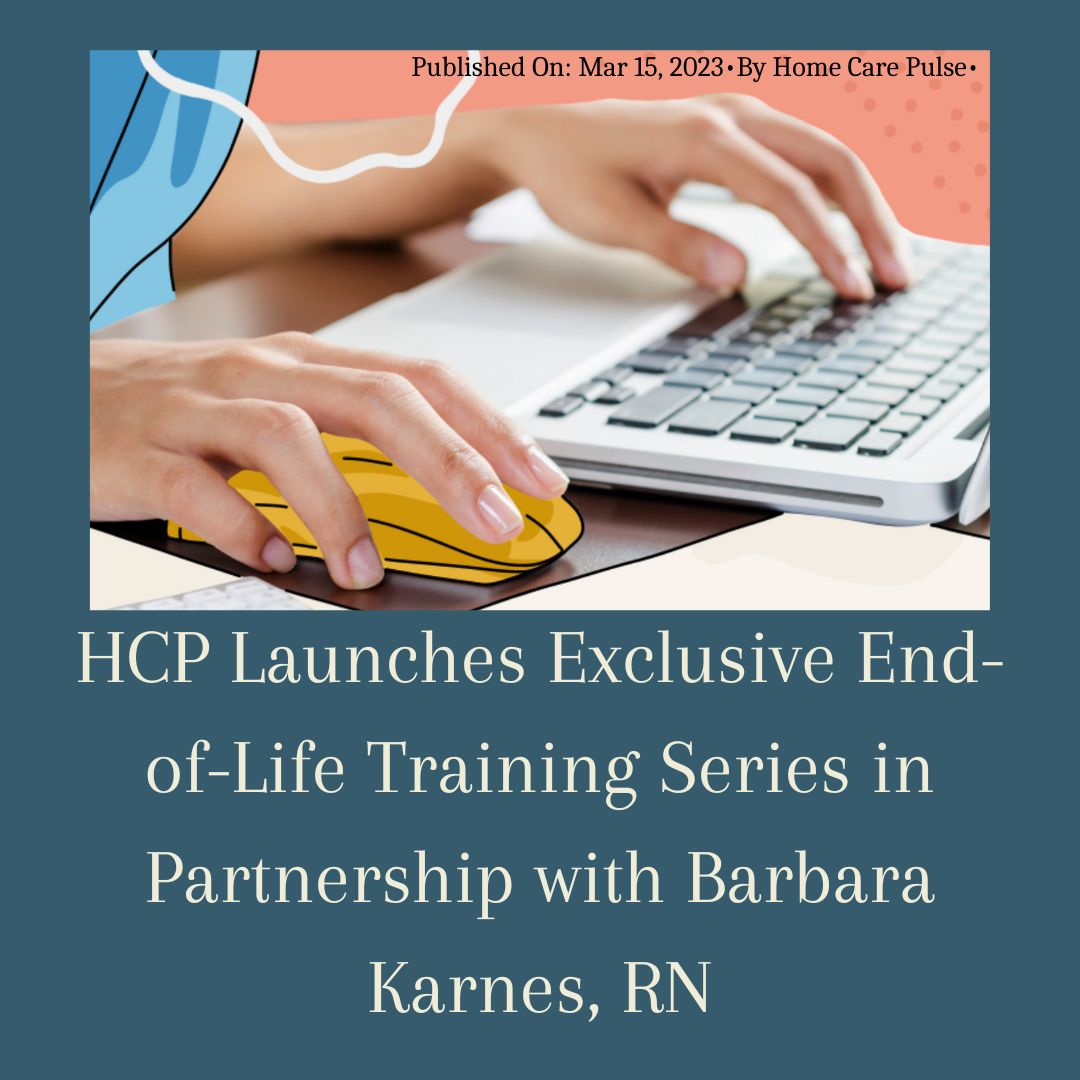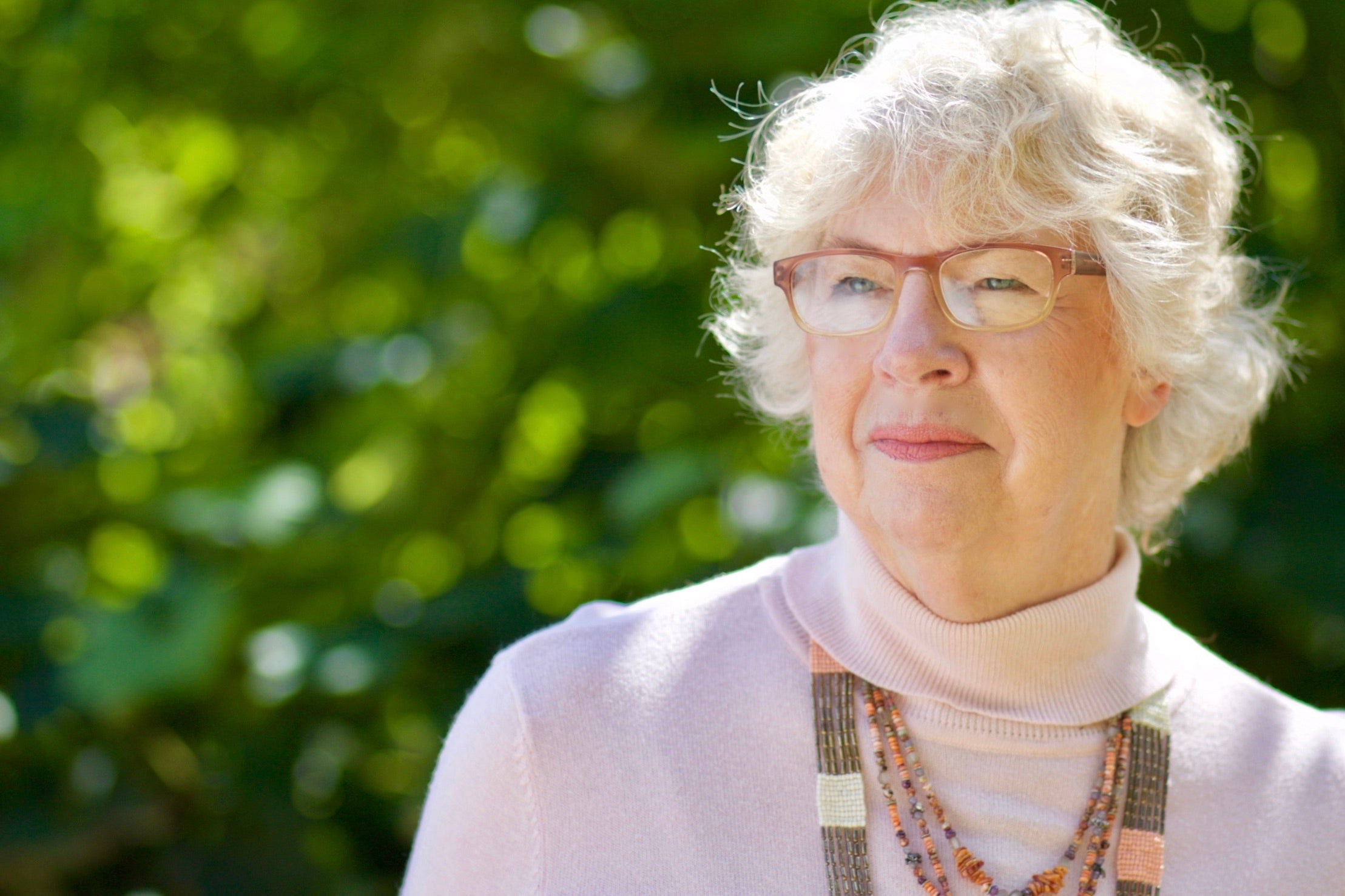End-of-life educator Barbara Karnes is back to talk about death in the home, what it looks like, and how caregivers can manage a dying loved one at home. The reality of a death at home is that it's a challenge for caregivers, and can put a heavy burden on the caregiver. Before death became a medical event, it was a psychosocial event that was managed at home, and caregivers were supported by the community. These days people frequently die in the hospital or in a nursing facility. Family often is not present when a death happens. A good death can happen at home; however, with family present. Hospice support can be an important part of that care. End-of-life workers can provide education, support, and encouragement that help caregivers manage the death experience. Barbara describes the dying process as labor, very similar to labor for the birth of a baby. Advance care planning (ACP) can help define how a person wants to die at home, identifying a medical decision-maker (MPOA or healthcare proxy). Seriously ill adults who are living alone need a caregiving system. Hospice social workers and chaplains can help solo agers identify an MPOA and build a support system for their caregiving.
Find more information about hospice philosophy, end of life care, and self care for both personal and professional caregivers here.
Book podcast host Helen Bauer to speak for your podcast, event or conference by sending an email to helen@theheartofhospice.com.
Find more podcast episodes from The Heart of Hospice Podcast at (theheartofhospice.com)
Purchase your copy of
By Your Side, A Guide for Caring for the Dying at Home by Barbara Karnes here.
